What comes to your mind when you think about Goa? Beaches, forests,...waterfalls, etc. But what if I say that all of this might not exist in the near future... Goa's natural beauty is going to die.
Since years, Goa which is a dream holiday spot for tourists across the world, has been struggling to protect its natural identity and diversity from the industrial hands.
On December 19, as Goa celebrated its 60thLiberation Day which marks the end of the Portuguese rule in 1961, more than 30 youths, including minors, were detained in the state for participating in a peaceful protest and a celebration.
The BJP government in the state is facing strong criticism and protests to stall three infrastructure projects which will end up destroying the Bhagwan Mahaveer Sanctuary and Mollem National Park. It is a 240 sq. kms ecologically sensitive and Goa's largest protected area. The sanctuary sustains a pristine vegetation and a rich biodiversity. They are also home to tigers and gaur, and at least 70 other species of mammals, as well as 235 species of birds. There are some beautiful tourist attractions too, like Dudhsagar Falls, Tambdi Surla Temple, Devils Canyon and Tambdi Falls.
The Centre and the State government has given nod to three infrastructure projects which will pass through this area. The first one is four-laning of the existing NH4A in Anmod-Mollem region. Second one is the double tracking of railway line from Castle Rock to Kulem and stretch of South western railways from Kalay to Margao. The third one is laying of a 400 KV transmission line in the village of Xeldem. All these three projects could lead to 70,000 trees being cut and the loss of atleast 250 hectares of forest land.
The National Board for Wildlife headed by Union Environment Minister Prakash Javadekar (he also heads the Heavy Industries Ministry) approved one of the projects in December 2019 and the other two during the lockdown in April along with 28 other projects. They said that the Goa State Wildlife Board recommended the proposals, whereas some environmentalists who are members of the state board said that no recommendations were made in the state board meeting, but the records of the meetings stated otherwise.
The Environment Impact Assessment reports of these projects by the Forest Department show that they will lead to 'fragmentation of important wildlife refuge', 'severe changes to ecological and ecosystem process', 'degradation of soil quality', and 'depletion of aquatic reservoirs'.
Why are these projects are needed?
The answer is simple. All of these projects are part of Centre's Sagarmala Programme, approved in 2016, which aims to enhance the performance of the country's logistics sector. The official documents related to this programme show that Goa's Mormugao Port Trust plans to develop the port as a coal transportation hub.
The Centre had signed an MoU with Karnataka's major power companies (Adani Power, Jindal Steel & Power, and Vedanta) to provide them coal. But the Adani Group refuses this claim. In total, these power houses will use around 14 crore tonnes of coal every year. The Mormugao Port cannot handle more than around 5 crore tonnes of coal per year, so the rest of it will be transported through road and rail. This is why they need to double the railway tracks and convert the NH4A to four-lane.
Leaving out the cutting down of trees, how are these projects harmful?
The problem is not only the cutting down of trees, two of the projects are aimed for coal transportation and to develop Goa into a coal import hub. This step will destroy the states's natural diversity. Not only for the environment, it is even harmful for agricuture, fishing and also the tourism industry. Coal dust can travel a distance of 5-15 kms, depending on the wind and train speed.
As you can see in the above image, these projects will further divide the forest in almost four parts. This will lead to habitat fragmentation, which means dividing a large habitat and transforming it into a number of smaller areas, isolated from each other. It'll end up disrupting plant-animal interactions like seed dispersal and pollination. This disconnects the rich wildlife and due to these barriers, the wild animal mortality rate will also increase. It can also lead to the extinction of certain species.
To serve the purpose of these projects, mountains will be surfaced and their eroded soil will deposit in the rivers and streams. All of this combined, will reduce the stability of the ecosystem and it will also make it more difficult to deal with the climate change.
Goa government has also requested the Karnataka government to alot a land to plant trees there so that they can compensate the cutting down of trees. The corporates for whom the coal will be transported, are even refusing to pay the green cess (a tax collected on products and substances causing pollution), arguing that there is no pollution caused during coal handling as they take all the precautions while it's transportation.
A group of around 150 scientists, academicians, conservationists and concerned citizens from across the country wrote to Prakash Javadekar on 5 June 2020, asking him reconsider the decision. Various opposition leaders have also expressed their grief concern over the matter. Thousands pf people are protesting against this move since months, even children are participating in these protests. Social media campaigns are run to bring this case into limelight. People have signed several petitions and written thousands of emails, letters to the government asking to withdraw its permission for the projects. People in foreign countries are also supporting the 'Save Mollem Campaign'.
What's the government's response to all of this? As usual, the protesters are being tagged mislead, opposition backed, foreign funded, etc. People are being detained for protesting, some even being jailed. The good news in all of this is that on December 8, the Goa High Court has put a stay on the transmission line project, but the government is still free to work on the other two.
If you are from Goa, you can join the protesters and make your voice heard too. If you don't live in Goa, then you can spread this word of mouth on the social media. Irrespective of where you are from, please share this and let others know about this matter. It is our duty and responsibility to protect our environment and natural habitat.
Source: Mint, Deccan Chronicle, Indiatimes, The Indian Express, Change.org, Youtube.com/Dhruv Rathee, News Click, The Times of India, Wikipedia, Twitter.com/savemollemgoa
As you can see in the above image, these projects will further divide the forest in almost four parts. This will lead to habitat fragmentation, which means dividing a large habitat and transforming it into a number of smaller areas, isolated from each other. It'll end up disrupting plant-animal interactions like seed dispersal and pollination. This disconnects the rich wildlife and due to these barriers, the wild animal mortality rate will also increase. It can also lead to the extinction of certain species.
To serve the purpose of these projects, mountains will be surfaced and their eroded soil will deposit in the rivers and streams. All of this combined, will reduce the stability of the ecosystem and it will also make it more difficult to deal with the climate change.
Goa government has also requested the Karnataka government to alot a land to plant trees there so that they can compensate the cutting down of trees. The corporates for whom the coal will be transported, are even refusing to pay the green cess (a tax collected on products and substances causing pollution), arguing that there is no pollution caused during coal handling as they take all the precautions while it's transportation.
A group of around 150 scientists, academicians, conservationists and concerned citizens from across the country wrote to Prakash Javadekar on 5 June 2020, asking him reconsider the decision. Various opposition leaders have also expressed their grief concern over the matter. Thousands pf people are protesting against this move since months, even children are participating in these protests. Social media campaigns are run to bring this case into limelight. People have signed several petitions and written thousands of emails, letters to the government asking to withdraw its permission for the projects. People in foreign countries are also supporting the 'Save Mollem Campaign'.
What's the government's response to all of this? As usual, the protesters are being tagged mislead, opposition backed, foreign funded, etc. People are being detained for protesting, some even being jailed. The good news in all of this is that on December 8, the Goa High Court has put a stay on the transmission line project, but the government is still free to work on the other two.
If you are from Goa, you can join the protesters and make your voice heard too. If you don't live in Goa, then you can spread this word of mouth on the social media. Irrespective of where you are from, please share this and let others know about this matter. It is our duty and responsibility to protect our environment and natural habitat.
Source: Mint, Deccan Chronicle, Indiatimes, The Indian Express, Change.org, Youtube.com/Dhruv Rathee, News Click, The Times of India, Wikipedia, Twitter.com/savemollemgoa

.png)



.png)

Thank you for your comment